What Is a Heat Spreader?
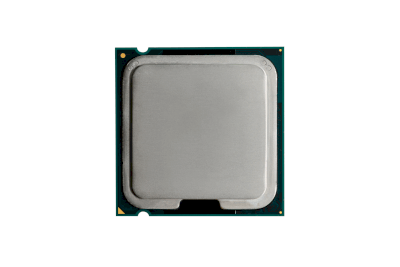
Heat spreaders are components used to remove heat from computers and other electronic devices.
Components under high loads generate a large amount of heat during operation. If this heat is not dissipated, the internal temperature of the equipment can rise and cause malfunction.
Heat Spreaders are flat, metallic (e.g., aluminum) components that are attached to these heavily loaded components. Heat spreaders absorb the heat generated by the heavily loaded components and conduct and distribute the heat over a large area. As a result, the heat is distributed evenly, preventing the internal temperature of the equipment from rising.
Applications of Heat Spreaders
1. Telecommunications and IT Fields
Applications include computer CPUs and GPUs, memory (storage devices), hard disk drives, and printers.
CPU stands for Central Processing Unit, a component in a computer system that is mainly responsible for arithmetic and control processing. GPU stands for Graphics Processing Unit, a component in a computer system that is responsible for image processing and 3D graphics arithmetic processing.
2. Automotive Electronics
Automotive electronic devices include engine control units (ECUs) and brake system controllers.
An ECU (Engine Control Unit) is a control device that controls the engine of an automobile or aircraft. ECUs optimize engine efficiency by controlling engine speed, fuel injection volume, ignition timing, etc., to reduce fuel consumption and emissions.
3. Aircraft Electronics
Avionics equipment and communication devices are examples.
Avionics equipment is a general term for electronic equipment required for aircraft operation and navigation. Heat spreaders also play an important role in aircraft avionics equipment. For example, heat spreaders are used for CPUs and GPUs, which are high-load parts of electronic equipment such as the displays used in aircraft instrument panels.
Heat spreaders are also used in aircraft communication devices. For example, Heat Spreaders are used on the chips in the high-load parts of interface cards used in aircraft navigation and communication equipment to distribute heat evenly and maintain normal operation.
An interface card is a type of computer expansion card that provides an interface (a means or method for different systems or components to communicate or operate with each other) between a computer and peripheral devices. It mainly includes network cards, sound cards, graphics cards, and so on.
4. Home Appliance Field
Compressors are used in refrigerators, air conditioners, freezers, and other cooling devices; CPUs, GPUs, memory, and power supplies for smartphones, tablets, and other devices.
5. Electronic Components Field
Semiconductor devices, LEDs, electrolytic capacitors, etc
Semiconductor device is a general term for electronic devices manufactured from semiconductor materials used to control electrical signals. There are many types of semiconductor devices, including transistors, diodes, integrated circuits (ICs), and optical devices. LED stands for Light Emitting Diode, a type of semiconductor device that emits light when electricity is passed through it. An electrolytic capacitor is an electrical component that stores electricity and consists of an electrolyte between two metal plates (electrodes).
6. Medical Field
Examples include laser devices (laser surgery devices, laser treatment devices, laser diagnostic devices) and ultrasound generators (ultrasound diagnostic imaging devices, ultrasound treatment devices).
Types of Heat Spreaders
There are several types of heat spreaders as follows
1. Metal Heat Spreaders
Metal heat spreaders are made of metals such as aluminum and copper and have high thermal conductivity and durability. Metal heat spreaders are generally used in small electronic devices such as computers.
2. Ceramic Heat Spreaders
Ceramic heat spreaders are made of ceramics and can withstand high temperatures. They are mainly used in industrial equipment, automobiles, aircraft, and power plants that are used in high-temperature environments.
3. Polymer Heat Spreaders
Polymer heat spreaders are made of thermoplastic resin and can be manufactured at low cost. Polymer heat spreaders are mainly used in small electronic devices, but due to their low thermal conductivity, they are used for relatively low-load components.
4. Silicon Carbide Heat Spreaders
Silicon carbide heat spreaders are made of silicon carbide, which has high thermal conductivity and is used in industrial equipment and aircraft used in high-temperature and high-pressure environments.
Silicon carbide is a compound composed of carbon and silicon, represented by the chemical formula SiC. The compound is characterized by high heat resistance, corrosion resistance, hardness, chemical stability, and semiconductor performance.
5. Graphite Heat Spreader
Graphite heat spreaders are heat-conductive materials made of graphite, which has high thermal conductivity and are mainly used for cooling electronic and semiconductor devices.
Graphite has a higher thermal conductivity than aluminum and is lighter, making it ideal for cooling electronic devices. Graphite also has a low coefficient of thermal expansion, which enables stable performance in high-temperature environments.
Graphite heat spreaders have a dense, uniform microstructure and excellent thermal conductivity. This allows heat to be dispersed evenly even in high-temperature environments, preventing heat transfer to surrounding equipment and components. Graphite heat spreaders are also very thin, allowing for flexibility in component design and layout.
Graphite is an allotrope of carbon with a crystalline structure consisting of very thin, planar layers of carbon. Graphite, like diamond, is an allotrope of carbon, but unlike diamond, graphite is very soft.
Properties of Heat Spreaders
1. Heat Dispersion
Heat spreaders are installed around high-temperature components to prevent overheating of the components by dispersing heat over a wide area and thereby preventing heat concentration. They are available in various shapes and sizes.
2. Durability
Heat spreaders are highly durable and can be used for a long period. Especially high-quality ones are less prone to thermal deformation and deterioration, thus maintaining stable performance. Not only metallic materials such as aluminum and copper but also non-metallic materials such as ceramics are used, designed to match the characteristics and performance of the equipment and environmental conditions.
Heat spreaders are used in small electronic devices as well as in large industrial equipment, automobiles, aircraft, power plants, and other equipment. These devices are exposed to higher temperatures and pressures and require greater durability.
Other Information on Heat Spreaders
Proper Design of Heat Spreaders
Heat spreaders are becoming increasingly important due to the evolution of heat treatment technology as semiconductor devices become more densely integrated. The heat generated by semiconductor devices operating at high speeds is extremely localized and can reach temperatures high enough to destroy the devices themselves. Therefore, the proper design and placement of heat spreaders can prevent semiconductor devices from overheating and achieve high-speed, high-performance operation. Heat spreaders also improve the reliability and extend the life of semiconductor devices.
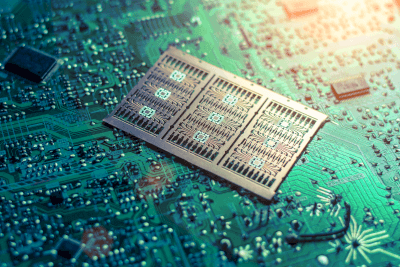
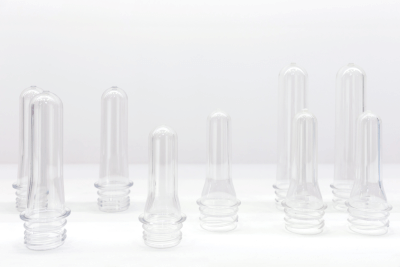
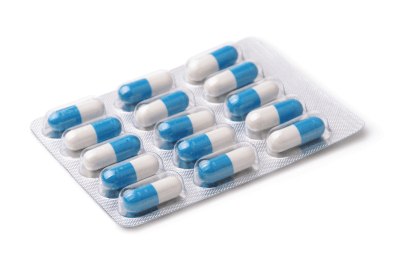
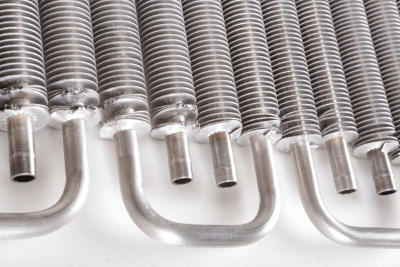
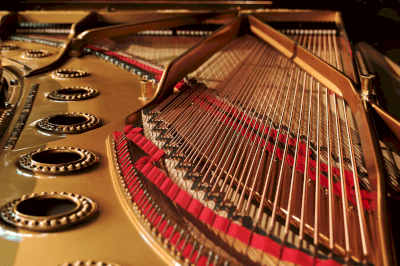 Piano Wire is a type of high-tensile steel wire.
Piano Wire is a type of high-tensile steel wire.
